Innovations in Blowout Preventer Technology for Well Control
Blowout preventers (BOPs) are critical safety devices in oil and gas drilling operations, designed to prevent uncontrolled fluid releases from wells, which are known as blowouts. The BOP system has evolved significantly, driven by advancements in drilling technologies, deeper and more complex wells, and heightened safety and environmental regulations. Recent innovations in blowout preventers are reshaping well control strategies, improving reliability, responsiveness, and operational efficiency.
The Role of Blowout Preventers in Well Control
Blowout preventers are used to maintain control over well pressure and prevent the uncontrolled release of oil, gas, or drilling fluids. Positioned at the wellhead, BOPs can quickly seal the wellbore in case of unexpected pressure surges, protecting personnel, equipment, and the environment from blowouts. They serve as the last line of defense by shutting in the well, allowing operators to stabilize conditions and safely manage well pressures under a wide range of challenging scenarios.
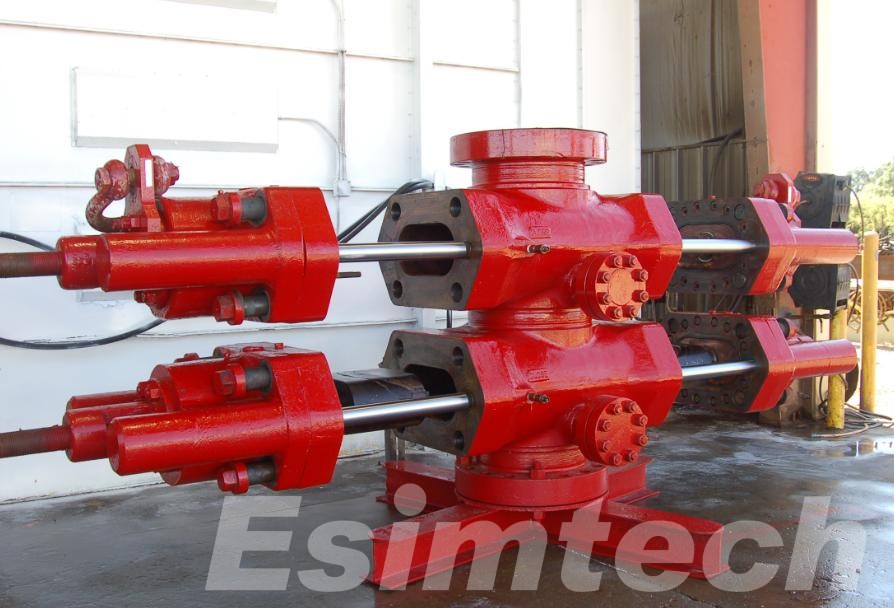
Traditional Blowout Preventer Methods for Well Control
| Traditional Method | Description |
| Annular Blowout Preventer | It uses a rubber sealing element that can close around a drill pipe, casing, or even an open hole. |
| Ram Blowout Preventer | Steel rams close around the drill pipe to seal the wellbore, suited for specific pipe sizes. |
| Blind Rams Preventer | Solid rams that close and seal the wellbore completely when no pipe is present. |
| Shear Rams Preventer | Special rams are designed to cut through drill pipe and seal the wellbore simultaneously. |
| Hydraulic Activation | Uses hydraulic pressure to open and close the BOP rams or annular elements manually or remotely. |
| Manual Controls | Older systems often required on-site manual operation of valves and BOP functions. |
| Surface Stack BOPs | BOP stacks are installed directly on the drilling platform above the wellhead for easy access. |
| Subsea Stack BOPs (Early Versions) | Installed on the seabed for offshore wells, early models had limited remote-control capabilities. |
| Drillers’ Reaction and Manual Shut-in | Well control largely relied on the drillers’ quick judgment and manual activation of BOPs. |
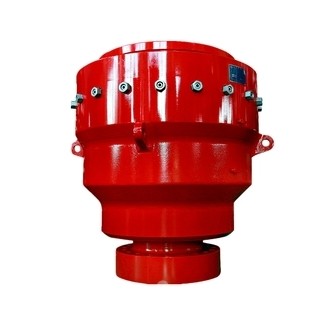
Key Innovations in Blowout Preventer Technology
1. Advanced Shear Ram Technologies
Traditional BOPs often faced challenges when cutting through thick drill pipes, casing, or tool joints. Modern innovations have introduced enhanced shear ram designs capable of cutting a broader range of tubulars, including high-strength steel and large-diameter pipes. Some new-generation shear rams feature dual-action systems that optimize both shearing and sealing in a single motion, reducing the chances of well leakage after activation.
2. Electrically Actuated Blowout Preventers (E-BOPs)
Electrically actuated BOPs, or E-BOPs, are an important shift from conventional hydraulic systems. By using electric power to control valves and rams, E-BOPs offer faster response times, more precise control, and improved monitoring capabilities. They also reduce the reliance on hydraulic fluid reservoirs and complex piping, which can be failure points in traditional designs. With real-time feedback on actuator status, E-BOPs allow operators to make faster and more informed decisions during critical well control situations.
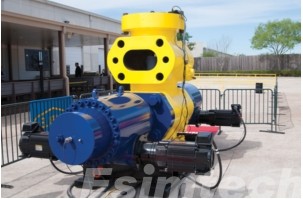
3. Smart BOPs and Digital Monitoring
The integration of smart sensors and digital communication systems into BOP stacks has introduced the concept of Smart BOPs. These systems constantly monitor pressure, temperature, valve position, and seal integrity, sending real-time data to control rooms. Predictive analytics based on this data helps identify maintenance needs before failures occur, moving the industry toward predictive maintenance instead of reactive repairs. Smart BOPs greatly enhance situational awareness during drilling operations, providing early warnings of anomalies that could lead to blowouts.
4. Subsea BOP Enhancements
For deepwater drilling, subsea blowout preventers are a vital defense line. Recent innovations have focused on autonomous and hybrid control systems that can maintain well control even if surface communication is lost. Improved ROV (Remotely Operated Vehicle) intervention capabilities and better emergency disconnect systems (EDS) ensure that subsea BOPs can quickly respond to emergencies. Furthermore, the use of composite materials in some components reduces weight while maintaining strength, making subsea BOPs more robust and easier to deploy.
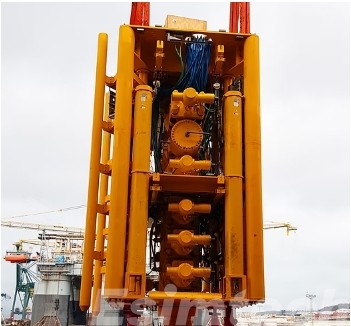
5. High-Pressure and High-Temperature (HPHT) Capabilities
As exploration pushes into more extreme environments, BOPs must withstand higher pressures and temperatures. New BOP systems are now rated for pressures up to 20,000 psi and temperatures beyond 350°F (175°C). These HPHT BOPs feature advanced elastomers, specialized metal alloys, and reinforced structural designs to ensure reliable performance under the most demanding conditions.
6. Modular and Rapid Deployment Designs
Another key innovation is the development of modular BOP systems that can be rapidly deployed and configured for specific well conditions. Modular designs make maintenance easier, reduce downtime, and allow operators to quickly swap out components in the field. This flexibility improves both operational efficiency and the overall safety profile of drilling projects.
7. Focus on Environmental Protection
Modern blowout preventers are increasingly designed with environmental protection in mind. Better sealing technologies reduce the risk of hydrocarbon leaks during operations, while advancements in emergency response systems help prevent large-scale spills. Some new systems are engineered to minimize environmental impact even in the unlikely event of a failure, reinforcing the industry’s commitment to responsible drilling practices.
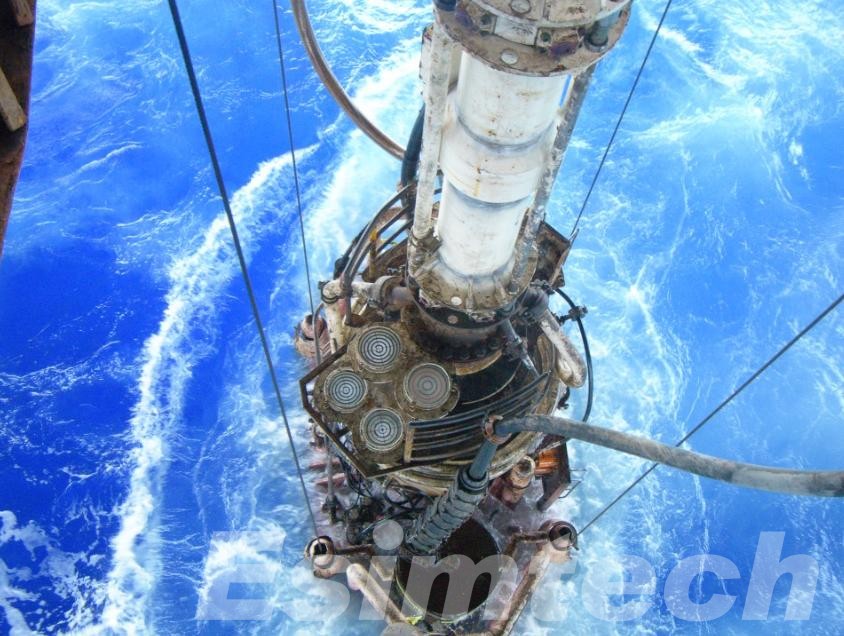
Regulatory and Industry Standards Driving Innovation of Blowout Preventers
| Standard/Regulation | Impact on Innovation of Blowout Preventers |
| API Standard 53 | Sets performance standards for BOP systems, pushing for reliability, redundancy, and faster response times. |
| API Standard 16A | Defines design and performance requirements for BOP equipment, promoting structural improvements. |
| BSEE Well Control Rule (U.S.) | Mandates real-time monitoring, secondary control systems, and stricter testing protocols, driving automation and data integration. |
| DNVGL-OS-E101 | Offshore drilling standards emphasize safety and operational integrity, encouraging smarter, modular blowout preventer designs. |
| ISO 13533 | International specifications for blowout preventers require uniform quality and performance, advancing global innovation consistency. |
| IADC WellSharp Program | Focuses on well control training, leading to better human-machine interface designs in BOPs. |
| Environmental Protection Requirements | Drives the development of leak-proof sealing systems and low-emission technologies in BOP construction. |

How Simulation Technologies are Driving Innovation in Blowout Preventer Development
Simulation technologies are revolutionizing the way blowout preventers are developed, tested, and optimized. Through creating highly detailed virtual environments, these oil and gas simulation tools allow engineers to explore new designs, predict performance under extreme conditions, and improve reliability and safety, while reducing time and cost compared to traditional testing methods.
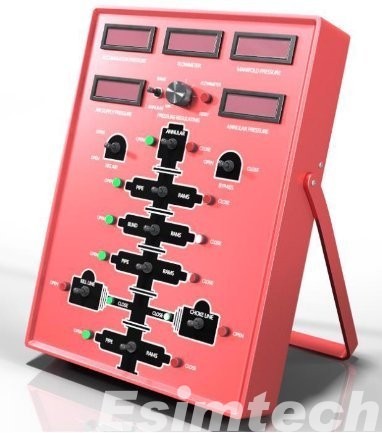
- Virtual Prototyping and Design Optimization
Simulation software enables engineers to create virtual models of BOP components and systems. Through finite element analysis (FEA) and computational fluid dynamics (CFD), they can simulate real-world stresses, pressures, temperatures, and fluid flows. This allows for early detection of design flaws and ensures that the blowout preventer can withstand extreme well conditions without mechanical failure.
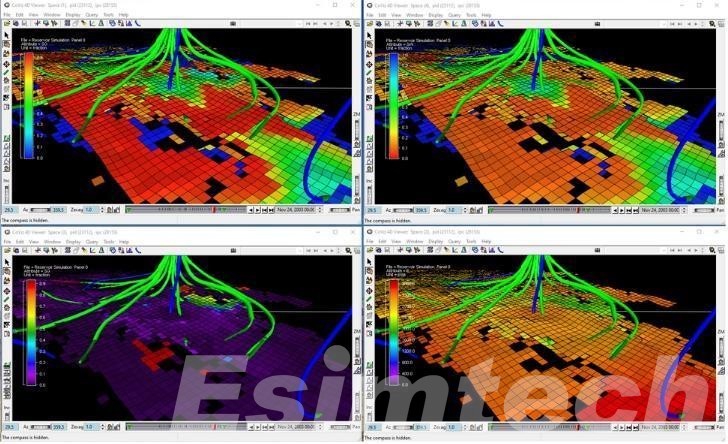
- Shear Testing Simulations
Advanced simulations replicate pipe-shearing scenarios, testing how different shear rams perform against various pipe grades, tool joints, and pressure conditions. This virtual approach helps designers fine-tune shear ram geometry and material selection to ensure successful shearing even under high-pressure, high-strength conditions.
- Pressure Control and Seal Integrity Testing
By simulating pressure surges and dynamic fluid behavior, developers can predict how BOP seals and valves will respond to rapid changes in wellbore conditions. Simulation identifies potential leak points or deformation risks, leading to the development of stronger, more resilient sealing technologies.
- Emergency Response and Failure Mode Simulations
Simulations can model emergency scenarios and failure modes, helping operators and designers understand how the BOP would behave in worst-case situations like communication loss or hydraulic system failure. These simulations inform the development of autonomous functions and redundant control pathways.
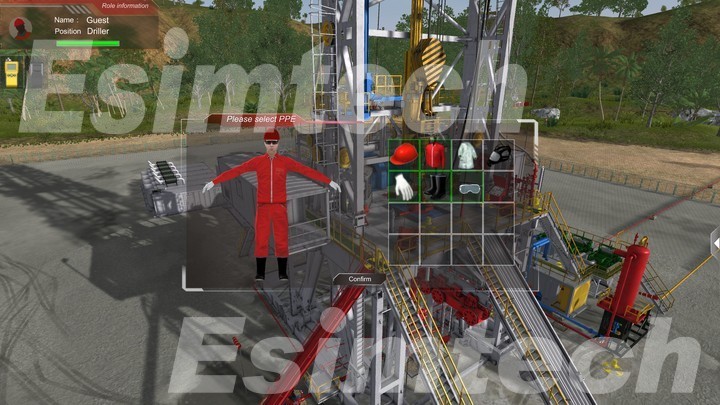
- Subsea Deployment and ROV Intervention Training
For subsea BOPs, simulation technologies allow engineers and operators to virtually rehearse deployment, installation, and remotely operated vehicle (ROV) interventions. This improves design accessibility, serviceability, and minimizes installation risks during deepwater operations.
- Digital Twin Technology
Modern BOPs are increasingly paired with digital twin systems, which can virtual replica that continuously updates based on real-time sensor data. These twins allow for predictive maintenance, identifying wear and tear before a failure occurs, and guiding preemptive repairs based on simulated future performance.
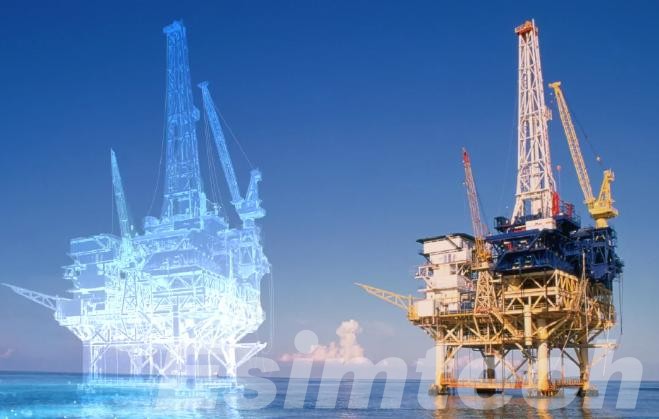
- Regulatory Compliance Validation
Simulations are used to verify that new BOP designs meet the latest regulatory standards without needing extensive physical testing for every possible operating condition. This speeds up certification processes while ensuring full compliance with industry safety requirements.
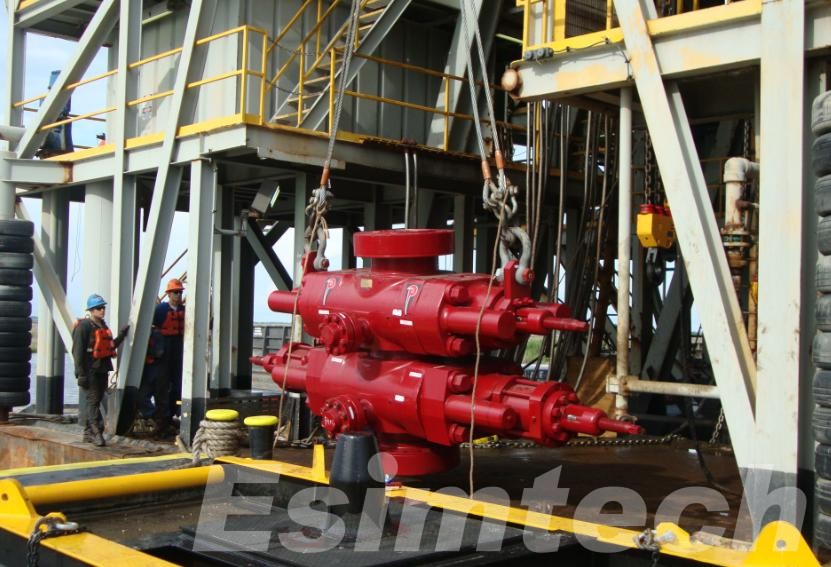
Summary
The future of well control is being shaped by continuous innovation in blowout preventer technology. Advanced shear rams, electrically actuated systems, smart digital monitoring, enhanced subsea capabilities, etc, are collectively transforming how the industry manages well control challenges. As drilling operations venture into deeper, hotter, and more geologically complex territories, the role of innovative BOP systems will become more and more important in oil and gas safety.
